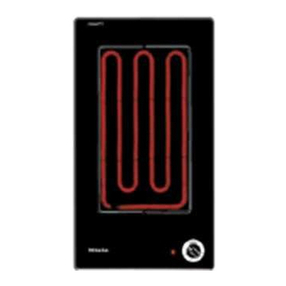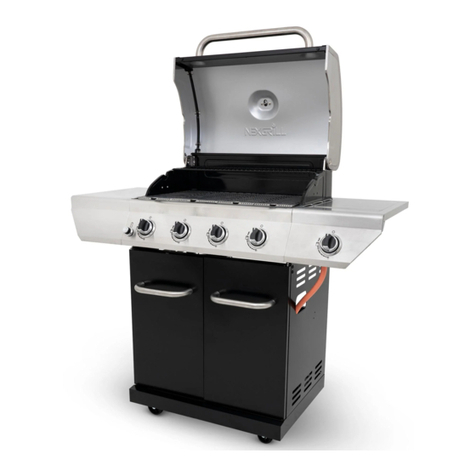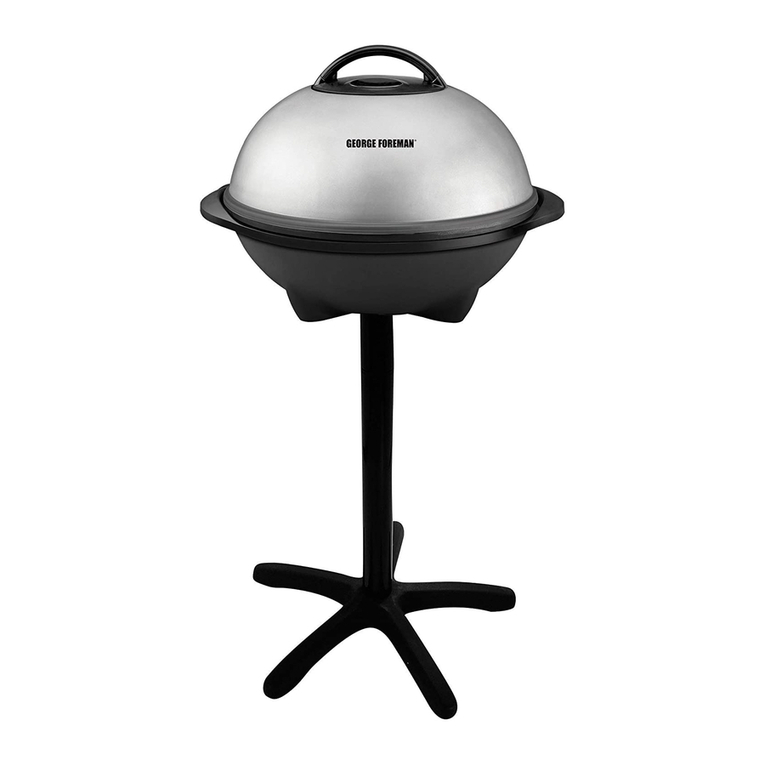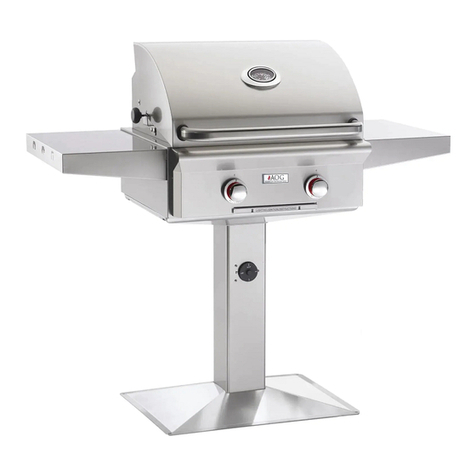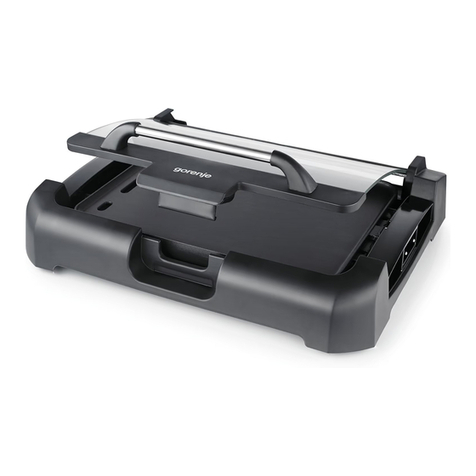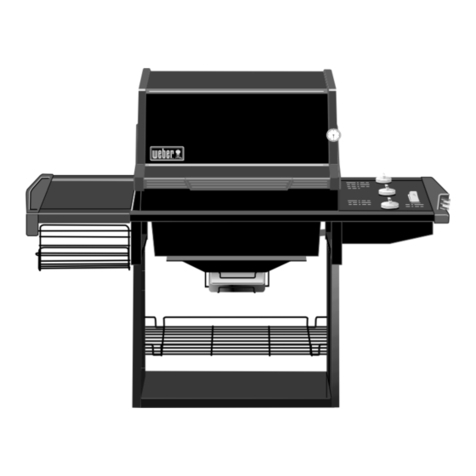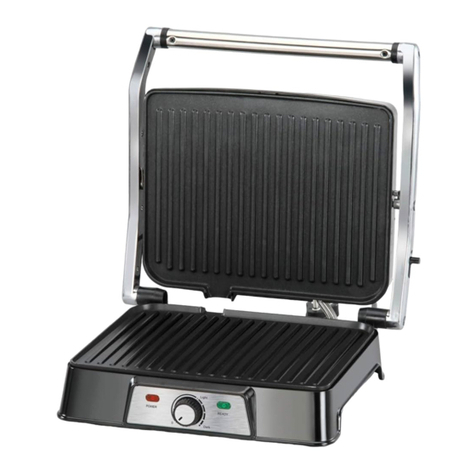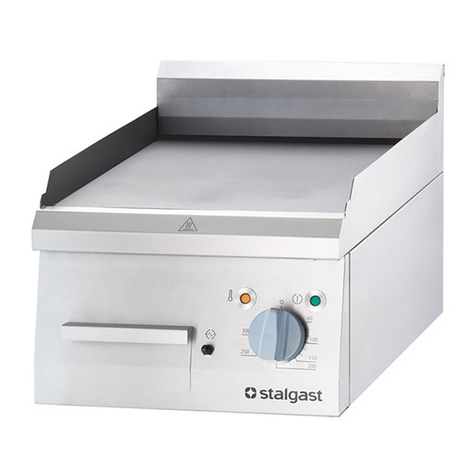4
1. Safety Information
1.1 General Warnings
• Cautions / precautions must be observed when installing, using, maintaining and discontinuing use
of this equipment;
• Before carrying out any operation (assembly, use, maintenance and reuse after prolonged use of the
equipment), read the manual carefully;
• The equipment must be used by trained personnel familiar with the use and safety regulations
described in this manual;
• This equipment is not intended for use by persons (including children) with reduced physical,
sensory or mental capacities, or people with lack of experience and knowledge, unless they have
received instructions regarding the use of the appliance or are under the supervision of a person
responsible for their safety.
• It is recommended that children be supervised to ensure that they are not playing with the
equipment;
• In case of rotation of the personnel that will work with the equipment, the new operator must be
educated about the standards and the operation of the same one;
• The operator must use the Adequate PPE (Personal Protective Equipment). As for example: use
appropriated gloves to protect the hand from burning by the structure heating of the equipment.
• The operator must always be aware of situations that can cause a risk of accidents and avoid them.
For example: turn on the gas regulator button without lighting the burner, spreading the gas in the
environment causing poisoning, fire and explosion risks;
• After reading and clarifying all doubts, this manual should be carefully stored in an easily accessible
location, known to all persons who will operate the equipment and make it available to those who will
carry out maintenance for any inquiries. Whenever any questions arise, be sure to check the manual.
Do not operate the equipment in any way with doubts;
• In the installation, it is essential to make this manual available to the professionals who will do the
same;
• Do not install the equipment near flammable materials;
• Before starting cleaning and any type of maintenance, it is essential that the equipment is at room
temperature, with the burners off and the gas pressure regulator closed;
• Periodically check the condition of the cables and electrical parts, hose and the entire gas
installation part as well as the internal and external part of the equipment (burners, internal structure,
gas regulating buttons, etc.).
• These equipments are intended to be used for commercial applications, for example in restaurant
kitchens, canteens, hospitals and in commercial enterprises such as bakeries, butchers, etc., but not for
continuous mass production of food.
ATTENTION!
Do not perform repairs on your own. Refer servicing to qualified service personnel. Only use
original parts in your equipment.





